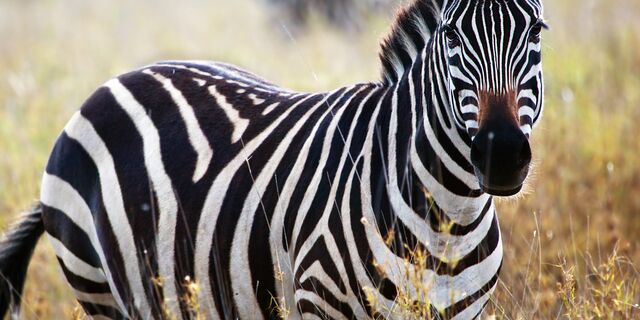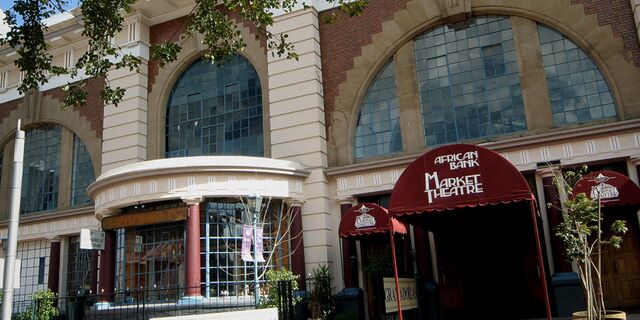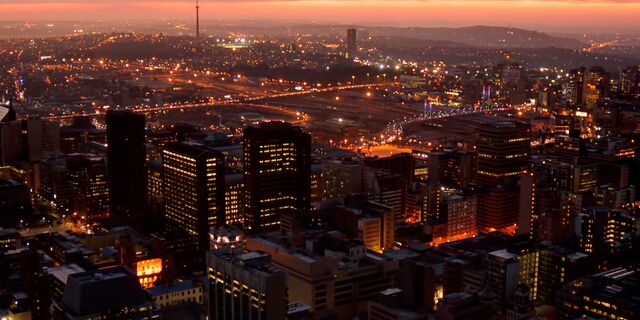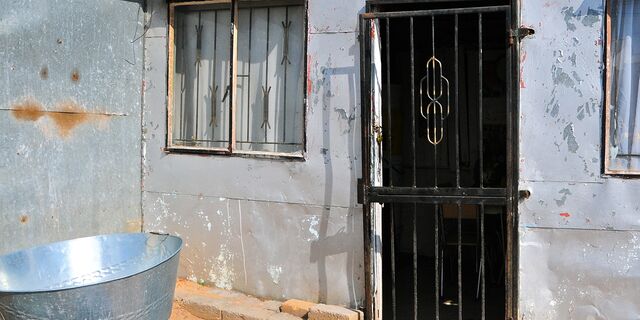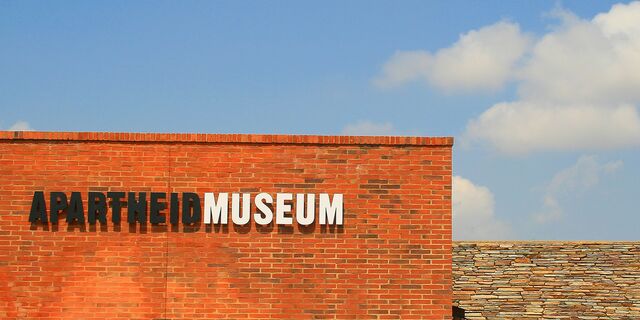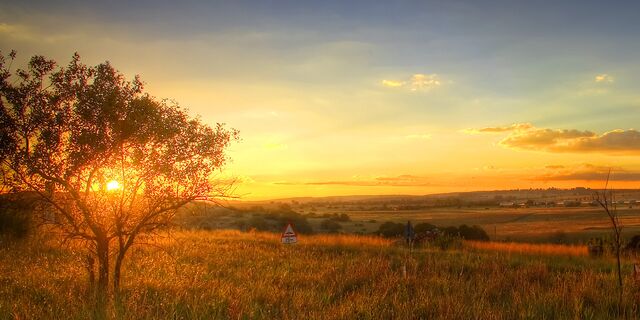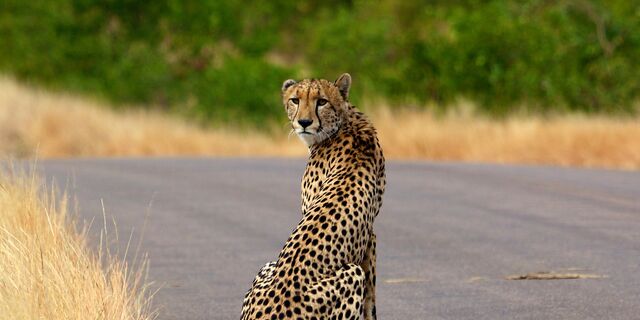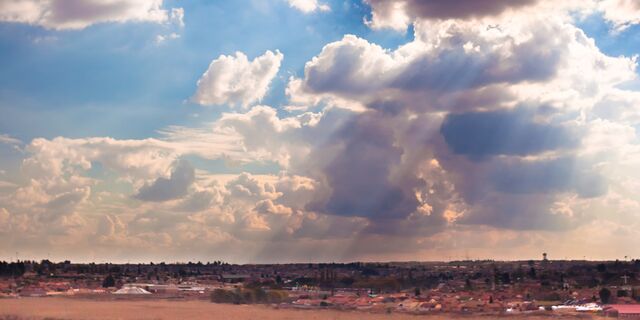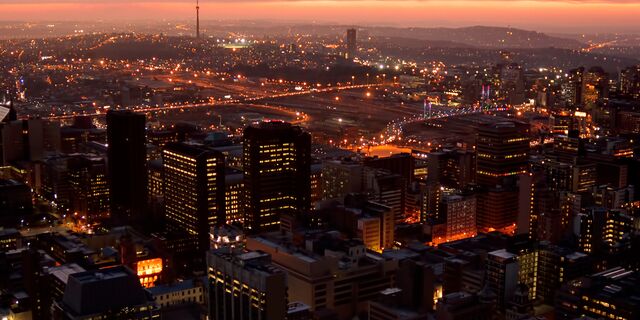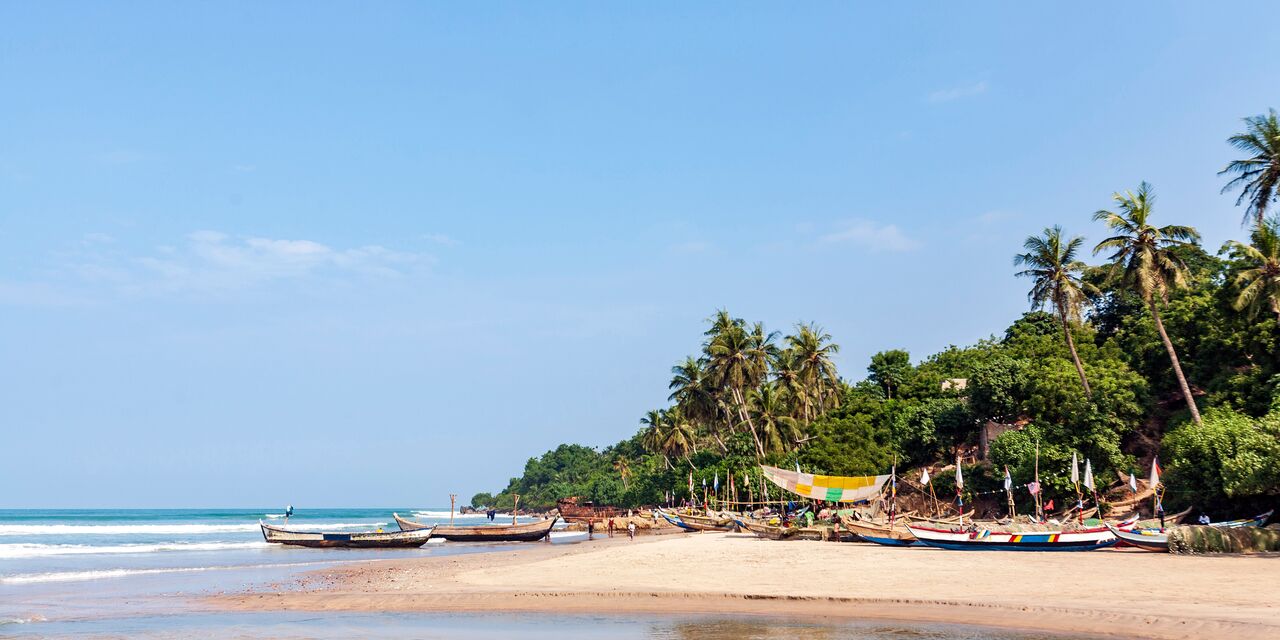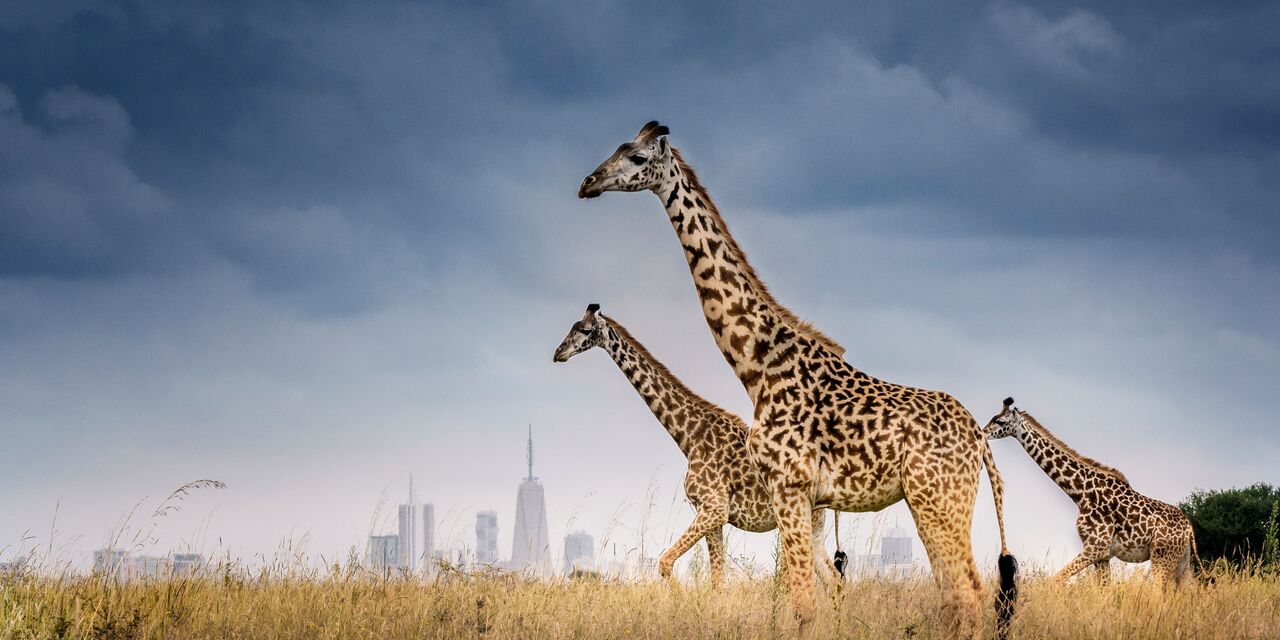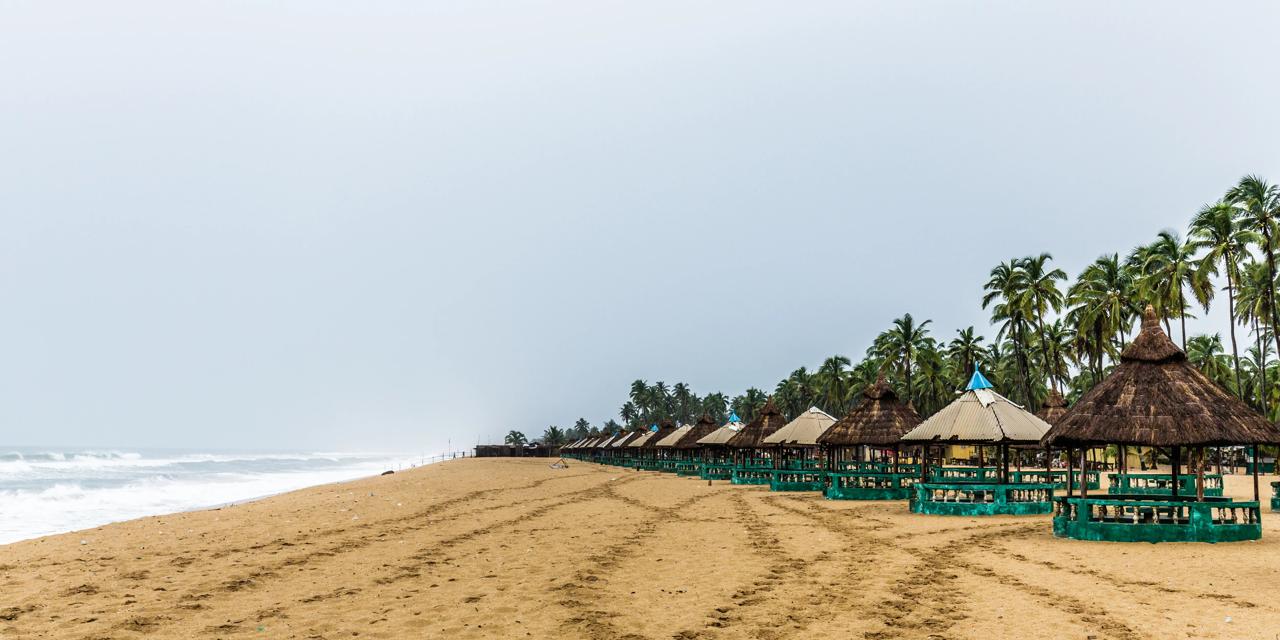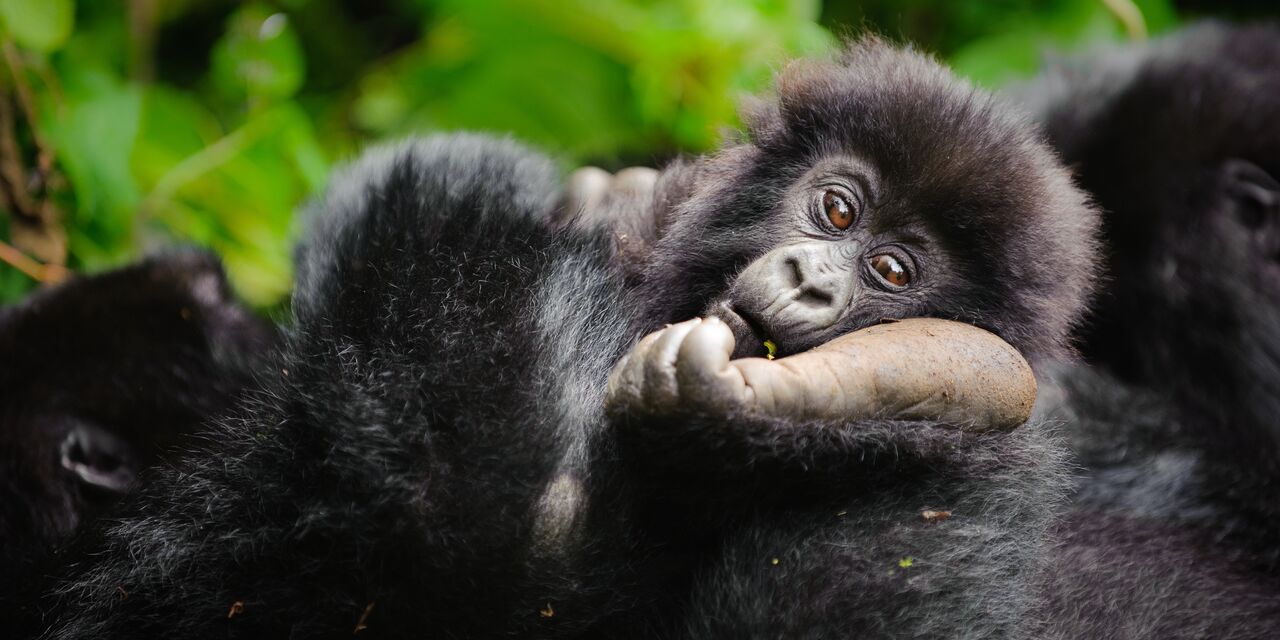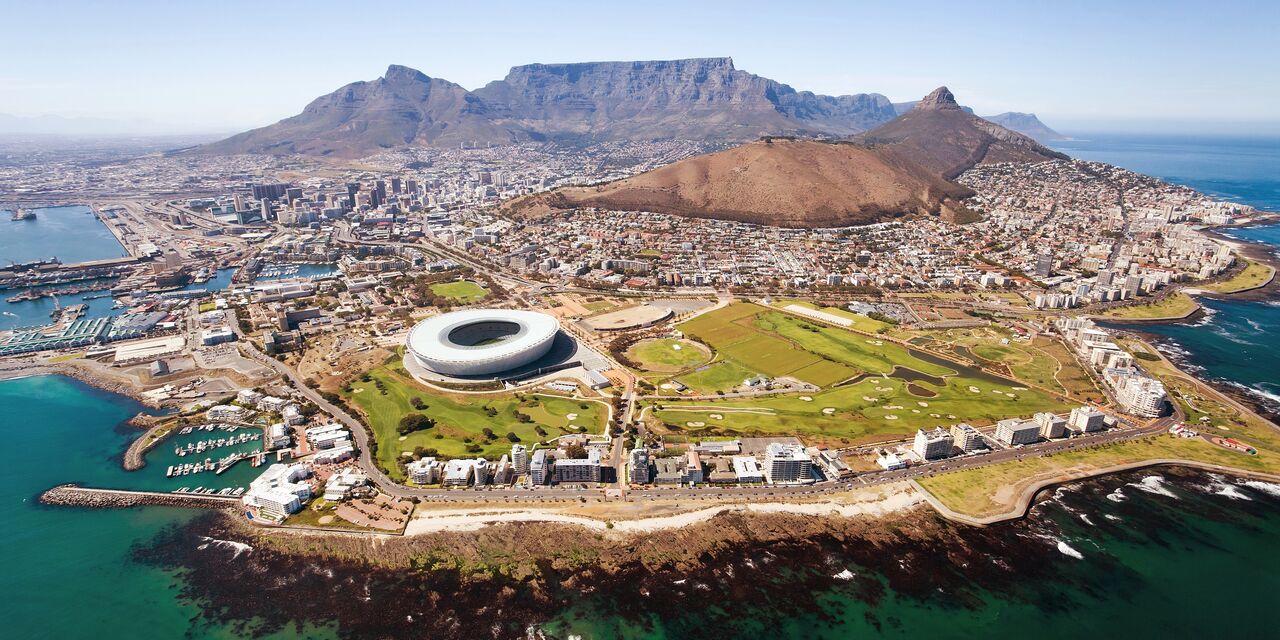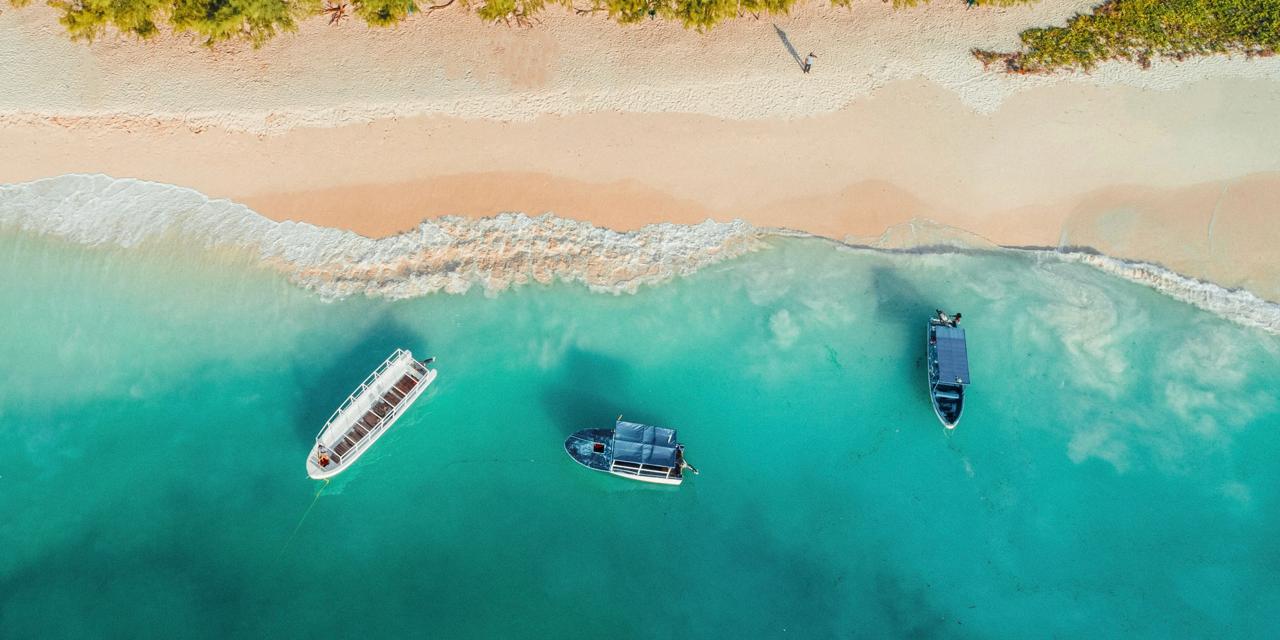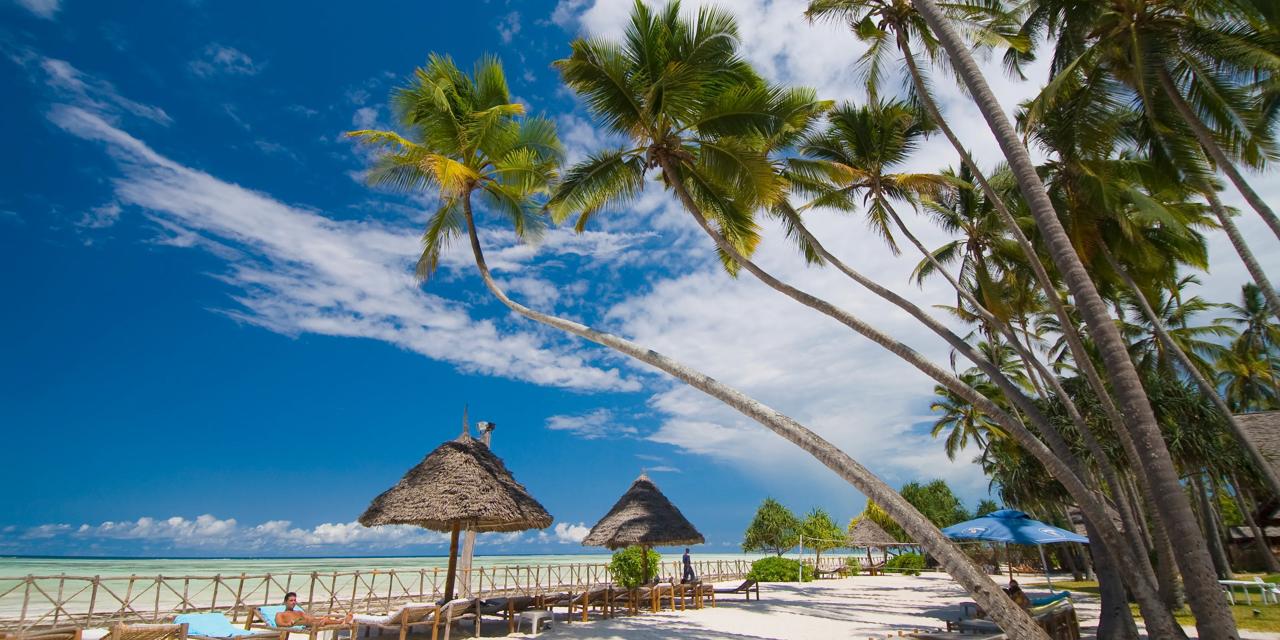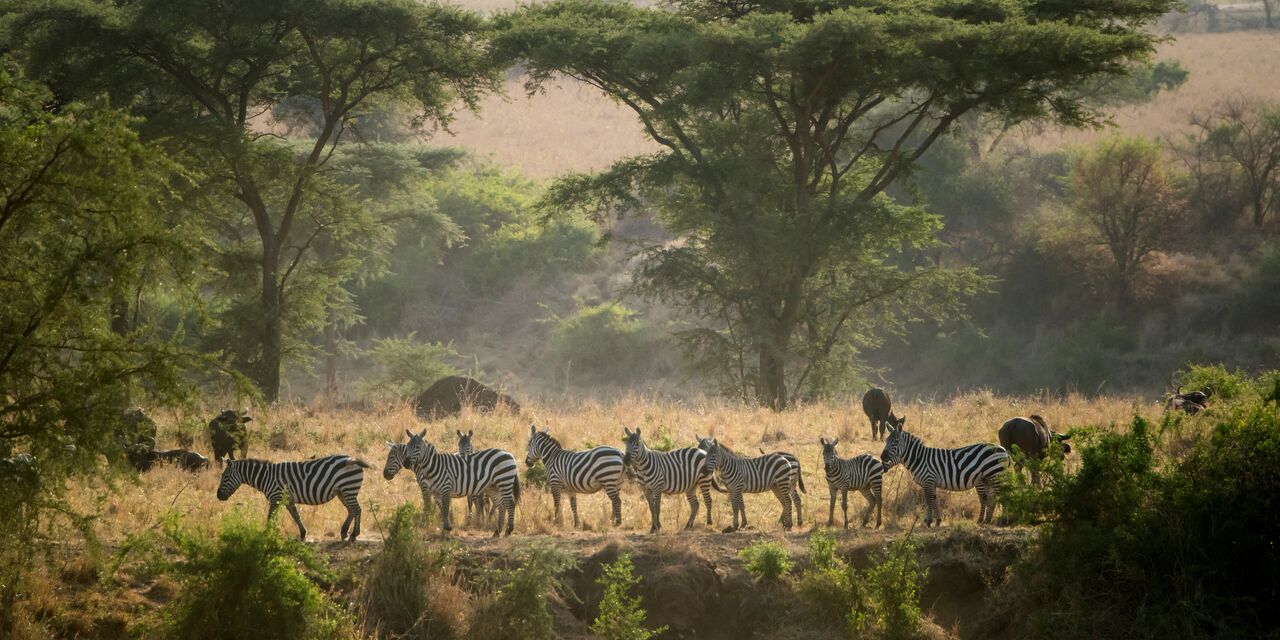Kruger: largest nature park in South Africa
Kruger National Park is one of the oldest, most famous and largest nature reserves in Africa. The park, referred to locally as the ‘wildtuin’ (wild garden), covers around 20,000 square kilometres. The size of the park and various eco zones within it mean that almost every type of African animal species can be found here. Not only that, but in large numbers: more than 13,000 elephants, 5,000 giraffes, 86,000 impalas and close to 5,000 rhinos roam Kruger Park.
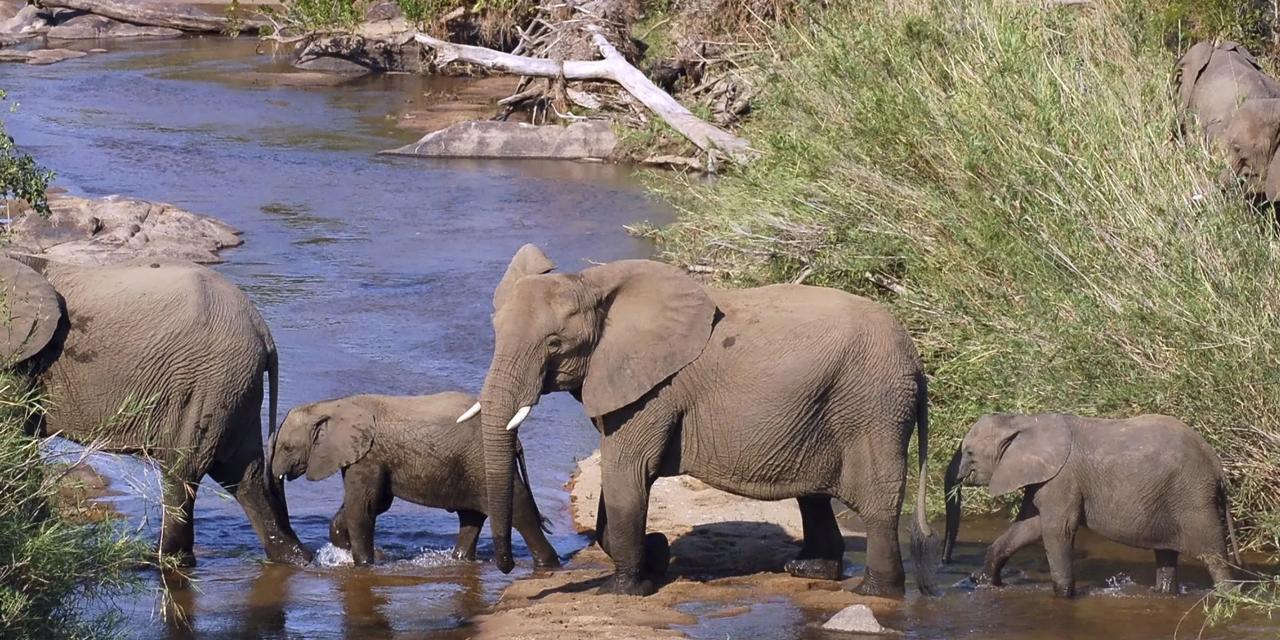
Spotting wildlife
Kruger Park is roughly made up of 3 parts. The fertile southern part, thick with shrubs and dotted with mountains and rivers, is by far the most popular. Here you will find large herds of giraffes, impalas, zebras and elephants, as well as lions, crocodiles, hippos and a number of cheetahs. Camps are located throughout the park for overnight stays, as well as shops, a petrol station and a restaurant. A unique camp is Lower Sabie, which due to its location, allows you to spend the night at a watering hole. Elephants come here at night to take a bath and you can see entire families of warthogs stopping by for a drink. The central area is more open and flat and home to fewer animals than the south. But here you can also spot buffalos, elephants, hippos, giraffes and some lions. There are several camps here, including Lebata which has an elephant museum with a collection of skulls and tusks, among other things. Located more to the south is Camp Satara, situated at a watering hole in the grasslands – a spot that attracts grass eaters and, consequently, their natural enemy, the lion. The northern section above the Lebata River is most popular with bird enthusiasts, where colourful bird life can be spotted. Camp Shingwedzi is famous for its numerous bird species, but other animals can also be seen here, including lechwes, antelopes and kudus. Camp Mopani is one of the newest camps in Kruger and is located at Pioneer Dam. It is especially popular in the winter when there is little water and the animals congregate around the dam.
Guided treks
Those who are early birds staying in the park can go on a wildlife trek each morning around sunrise. These treks last around 3 hours. There are also 3-day wilderness tours available that are led by experienced guides. The chance of spotting wildlife is no greater than by car, but the guide tells you about the unique vegetation and smaller animals around you. These 3-day tours are held with groups of no more than 8 people. This is for those who love to walk as you spend 7 hours a day trekking.
Discover other destinations in Africa
*표시된 가격은 성인 1인 기준입니다. 모든 금액은 KRW(으)로 표시됩니다. 세금 및 할증료가 포함되어 있습니다. 예약 수수료는 적용되지 않습니다. 표시된 금액은 운임 이용 가능 여부에 따라 달라질 수 있습니다.
The weather forecast information is provided by World Weather Online. Air France-KLM is not responsible for the reliability of this data.

